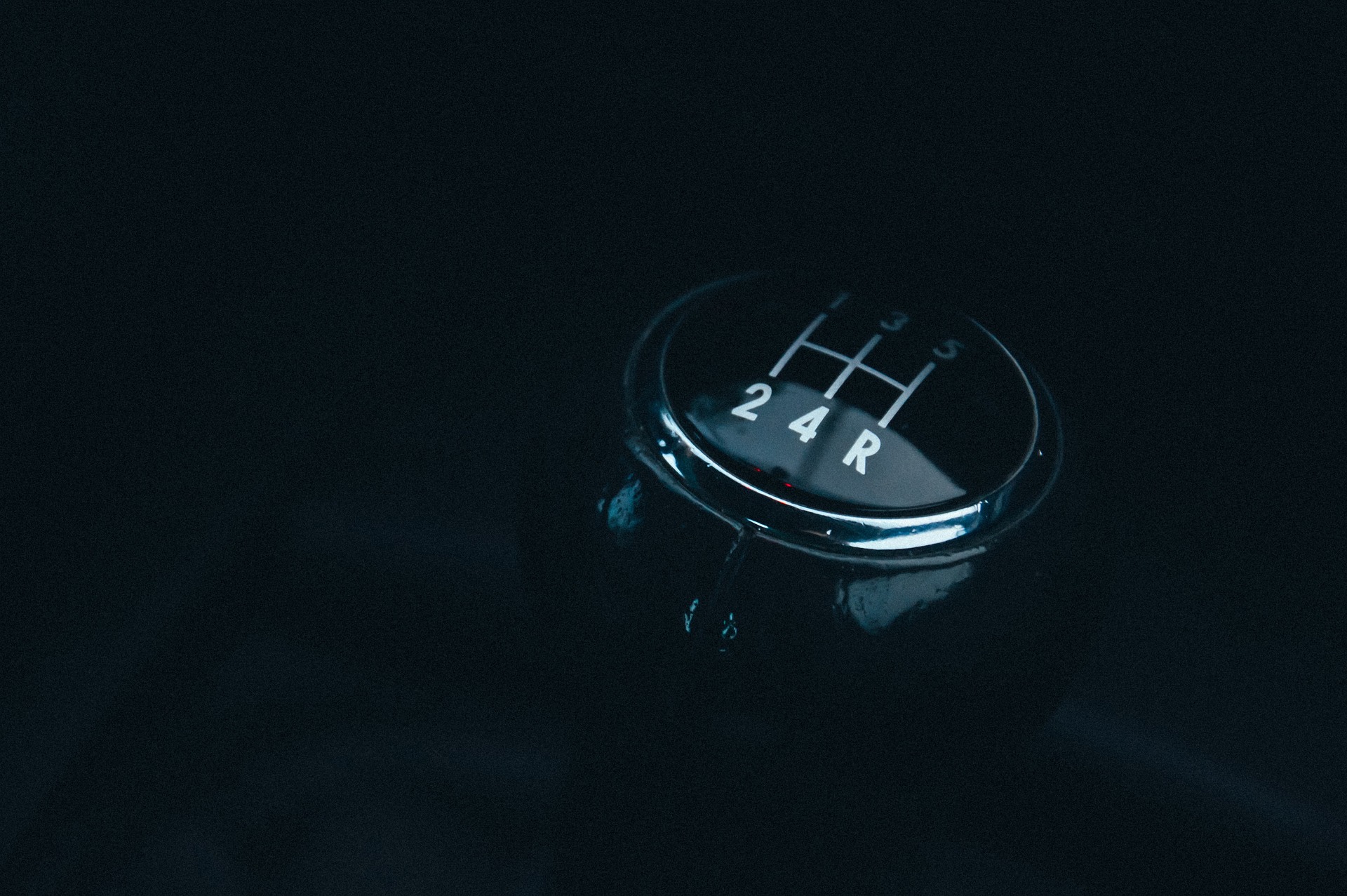Gearing Up: A Deep Dive into the Intricacies of Automotive Transmissions
Transmissions, the heart of a vehicle's drivetrain, have a fascinating history and an increasingly vital role in today's automotive world. They have evolved substantially over the decades, with each new development promising more efficient power delivery and a smoother driving experience. This article delves into the complex world of automotive transmissions, exploring their origins, current trends, and the impact they have on vehicle performance and driving enjoyment.

The History of Transmissions: From Manual to Automatic
Transmissions have come a long way since the early days of the automobile. In the beginning, cars were equipped with manual transmissions that required drivers to manually shift gears using a clutch and gear lever. This system was simple and effective, but it was also physically demanding and required a certain level of skill to operate smoothly.
The advent of the automatic transmission in the 1940s revolutionized the automotive industry. These transmissions, which used a complex system of gears, clutches, and hydraulic fluid to shift gears automatically, made driving significantly more comfortable and accessible. Over the years, automatic transmissions have become increasingly sophisticated, with modern versions offering up to ten or more gears for optimal performance and fuel efficiency.
Current Trends: The Rise of Continuously Variable Transmissions
One of the most significant trends in transmission technology today is the rise of Continuously Variable Transmissions (CVTs). Unlike traditional automatic transmissions, which have a set number of gears, CVTs operate on a pulley system that allows for an infinite number of gear ratios. This means they can adjust seamlessly to any driving condition, providing optimal power and efficiency at all times.
However, CVTs aren’t without their challenges. Drivers often report a “rubber band” feeling when accelerating, as the transmission adjusts to find the optimal gear ratio. There is also concern about the long-term reliability of CVTs, as they tend to be more complex and harder to repair than traditional transmissions.
The Impact of Transmissions on Performance and Fuel Efficiency
The type of transmission a car has can significantly affect its performance and fuel efficiency. Manual transmissions, for example, give drivers more control over the vehicle’s power and torque, allowing for faster acceleration and more engaging driving experience. However, they also tend to be less fuel-efficient than automatic transmissions, which can shift gears more smoothly and at optimal times for fuel economy.
CVTs, on the other hand, are known for their exceptional fuel efficiency. Because they can adjust to any driving condition, they always operate at the optimal gear ratio for fuel economy. However, their unique operation can make them feel less responsive and engaging to drive than traditional transmissions.
The Future of Transmissions: Challenges and Opportunities
The future of automotive transmissions is full of exciting possibilities. As electric vehicles become more common, we’re likely to see more use of single-speed transmissions, which are simpler, lighter, and more efficient than traditional transmissions. However, there will also be challenges, such as the need to develop transmissions that can handle the high torque output of electric motors.
Regardless of these challenges, transmissions will continue to play a crucial role in the performance and enjoyment of our vehicles. They are a testament to the ingenuity of automotive engineers, and their ongoing evolution promises to keep driving an engaging and enjoyable experience for years to come.
In conclusion, the world of automotive transmissions is a fascinating one, filled with rich history, innovative technology, and exciting potential for the future. As we continue to push the boundaries of what’s possible in automotive engineering, we can expect the humble transmission to continue to evolve and improve, bringing us ever closer to the perfect drive.





